Induction annealing, an electrically driven process within an electromagnetic field, heats brass cases. Effective heating depends on low brass resistance or a high magnetic field intensity. Sorting cases by manufacturer is crucial due to varying conductivity. The focused magnetic field selectively heats the case, particularly the neck and shoulder area.
Brass annealing involves heating the workpiece above its recrystallization temperature, softening it and relieving internal stresses. This process, commonly used for bullet casings, enhances brass life and maintains consistency through repeatable shoulder bumping and neck sizing. It is recommended to anneal after each firing/reload to set consistent neck tension.
For optimal results, follow this sequence: Used brass – shoot, clean, anneal, die/press work. New brass – anneal first and proceed with the reloading sequence.
Compared to gas flame annealing, induction annealing offers superior benefits. Gas flame scorches the case exterior, degrading metal appearance and properties over time. Inconsistent heat, affected by pressure fluctuations and gas type variations, leads to inaccuracies. Gas flame is sensitive to environmental conditions, posing safety risks in reloading areas. Induction annealing provides a more controlled and safer alternative, ensuring consistent results across each use cycle.
| Weight | 20 kg |
|---|---|
| Dimensions | 400 × 400 × 400 cm |
Be the first to review “Quick Anneal” Cancel reply
You must be logged in to post a review.

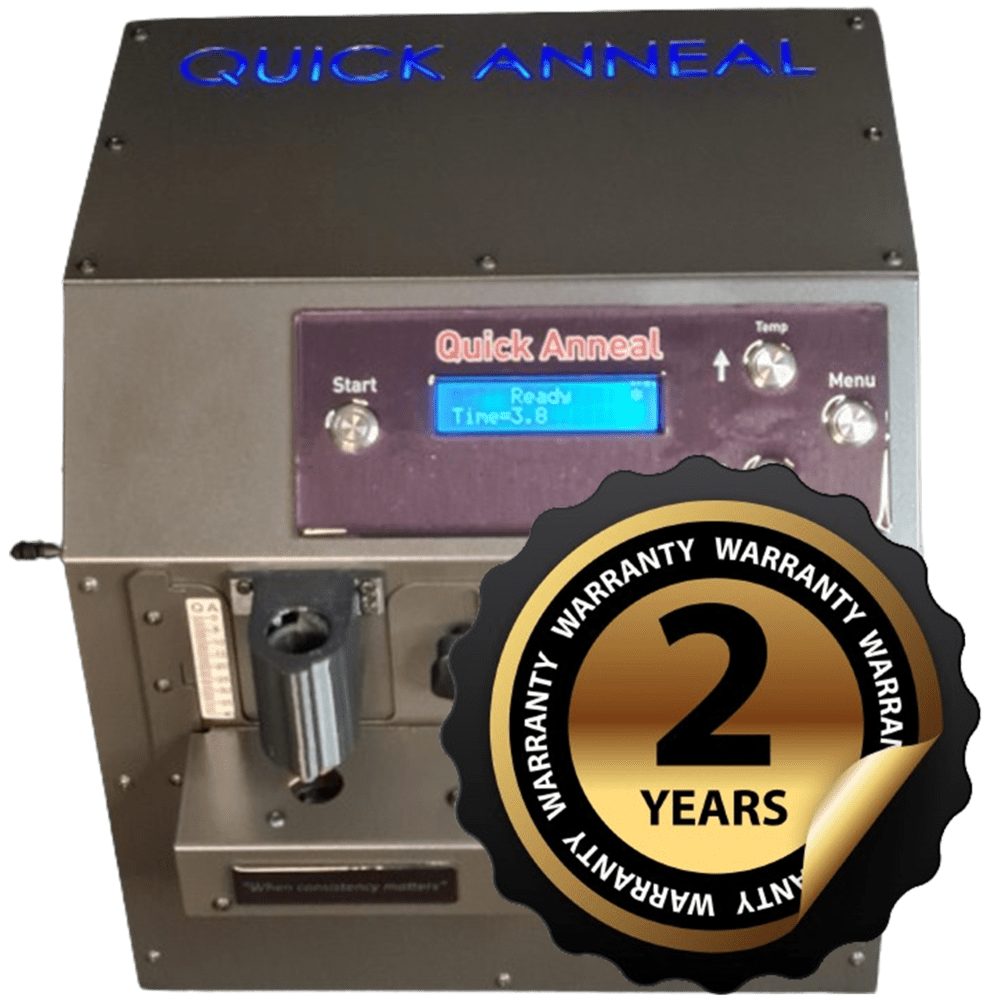
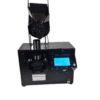
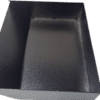

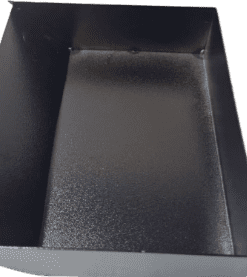
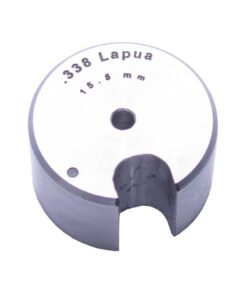
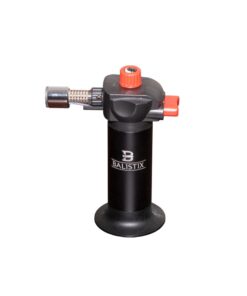
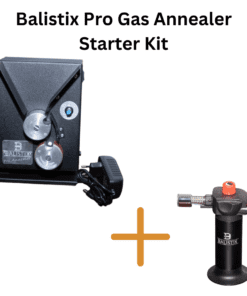
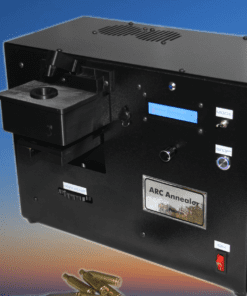
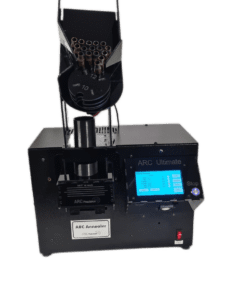



Reviews
There are no reviews yet.